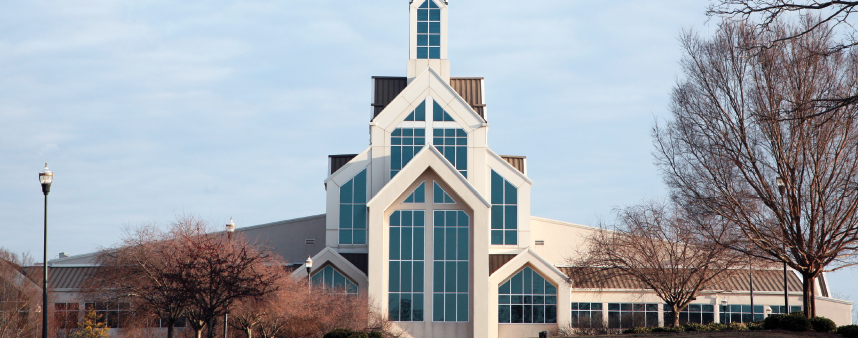By Melissa Wuske
Surveying the Megachurch Landscape
A survey by the Leadership Network and the Hartford Institute for Religion Research looked at the changing facets of megachurches (congregations with more than 1,800 attendees).
The survey found that per capita giving has slowed over the last decade, but that churches with a greater focus on global missions have higher rates of giving—$1,960 per capita for churches who claim global missions as a specialty, compared to $1,249 for churches that somewhat emphasize global missions.
Another area where added emphasis pays off is in attracting young adults (between 18 and 34). In megachurches that focus on attracting young adults, this group makes up 20 percent of congregations, compared to 13 percent in churches where young adults are not a focus.
Lost Boy Begins Path of Ministry
Gabriel Garang Atem was recently ordained as a deacon by the Episcopal Church. He was one of the 20,000 Sudanese boys who were orphaned or separated from their families during civil war. The children faced violence, malnutrition, and thirst. As one of the “Lost Boys,” Atem traveled on foot from Sudan to Kenya, and eventually resettled in the United States.
But faith was part of his story, even in the darkest days. “In every (refugee) camp that we went to, we had our place for prayer. We go under the tree and pray. We have our hymnals. We have our Bible translated in our language, which is the Dinka language,” he said.
Years later, he felt God calling him to ministry. “When God called me, I accept the call because since I was a little boy, I knew I wasn’t going to live on my own without the help of God through people,” he said. “There is only one place we all belong, which is the kingdom of God.”
Violin Maker Gives Voice to Holocaust Survivors
Amnon Weinstein restores violins played by Jews during World War II, and much of his work has been collected into an exhibit called Violins of Hope in the Maltz Museum of Jewish Heritage. Recently the Cleveland Orchestra played a concert using instruments he’d restored.
Many of the instruments were used in orchestras formed in concentration camps: “In front of [the orchestra], there was a pile of all these dead people. And yet, they played. So the moment that the war was finished, they never touched the instrument again, most of them,” said Weinstein.
It’s undeniably chilling work: “I had a guy who came over to me, he played on the way to the gas chamber,” said Weinstein. “And he gave me his violin. He wanted to restore it. And when I opened the violin, there was black powder inside.” But the partnership with the orchestra brings new life and hope. “It’s for music,” said Weinstein. “It’s for violin. It’s for survivors. It’s for the Holocaust.”
Death Sentences and Killings by Police
Data shows that the 13 U.S. counties with the highest rates of killings by police officers are also among the counties with the highest rates of death sentences. For example, Kern County, California, has handed death sentences to 26 people, and police in that country have killed 79 people during the same time.
While the two statistics don’t have a cause and effect relationship, The Washington Post’s Radley Balko identified a common element: the district attorney. “It isn’t difficult to see how when a DA takes a ‘win at all costs’ approach to fighting crime that philosophy would permeate an entire county’s law enforcement apparatus, from the beat cop to the DA herself or himself.”
Melissa Wuske is a freelance editor and writer. She and her husband, Shawn, live and minister in Jamaica Plain, Massachusetts. Find her work online (melissaannewuske.com).



Comments: no replies